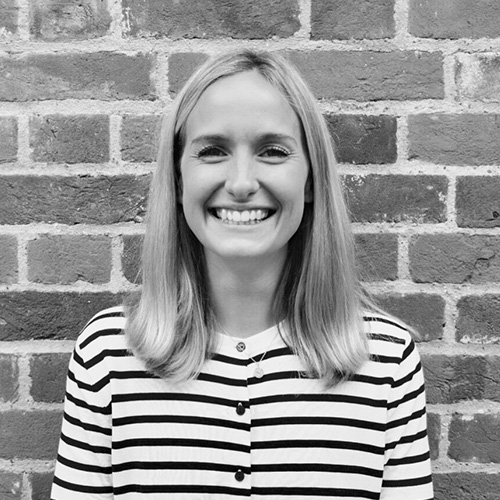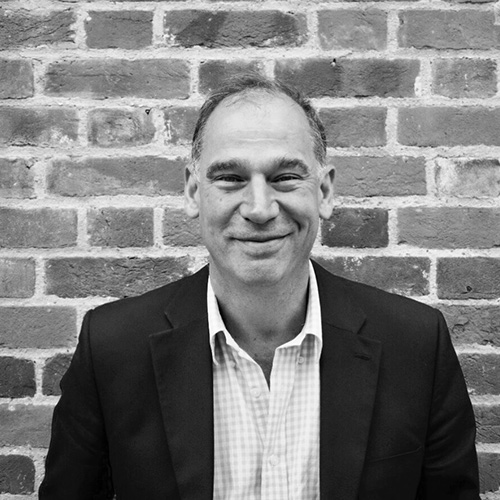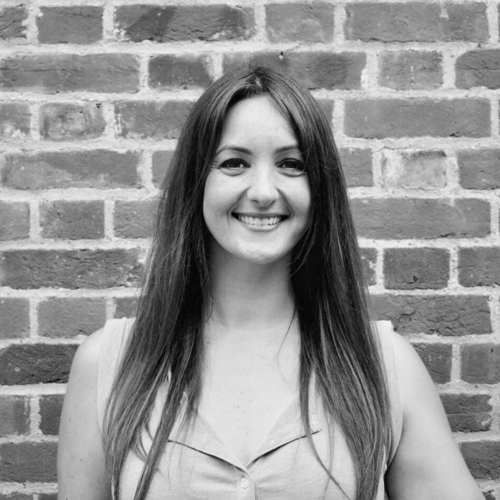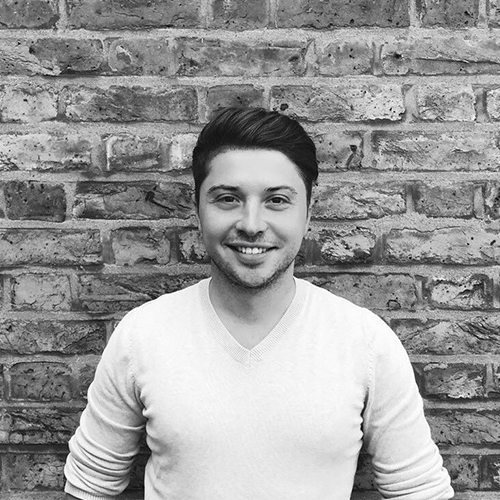By Tim Bentinck, The Mail on Sunday, 12th May 2008
I was brought up on a sheep station in Tasmania. I’ve always loved being able to say this because sheep station sounds so much more exotic than farm and Tasmania has got a ring to it that Australia doesn’t get close to.
In 1952 my father, then a producer at the BBC, had answered a newspaper advertisement that read: ‘Jackaroo wanted for Tasmanian sheep station.’ He had been a prisoner of war for two years and post-war England – austere, rationed and bombed – held few attractions.
As he was a headstrong adventurer, my father must have found the word jackaroo too exciting to ignore so he immediately took his wife, two young daughters and all his worldly goods on a £10 assisted package scheme to forge a new life in the New World.
As an impoverished Old Harrovian and a Count of the Holy Roman Empire with a crate of paintings and antique furniture, his arrival at Barton, near Campbell Town, must have caused quite a stir. He probably didn’t make a very good first impression on local journalists, if the newspaper cuttings from the time are anything to go by.
Reports noted the ‘Count who came for £10’ was ‘wary’ and ‘very retiring’.
However, he was a hard worker and a brilliant horseman, and by all accounts, he soon settled into his new job as a farm labourer.
I was born in 1953, by which time my father was getting itchy feet again. My mother’s family were Yorkshire industrialists who utterly mistrusted this flighty toff and refused to allow her small inheritance to be spent on property outside the UK. So faced with a choice between sheep for intellectual stimulation or a job with the BBC and a home of his own, he chose Jack de Manio and we came back to England in early 1955.
I had no memories of Tasmania, only lots of black and white photos and a hundred family stories. I might as well have been born on the Moon. Returning to the land of my birth, to the reality of the photos, was something I never thought would happen. When it did, in Vinnie Jones’s immortal words, ‘it was emotional’.
In many ways I wish my family had never left. The maternity unit of the hospital at Campbell Town where I was born has been pulled down. However, on the very spot where I would have entered the world, there was a modern sculpture in the form of a plough digging up a worm – obviously in honour of my 25 years spent playing David in The Archers!
Say the word Tasmanian and most of the world says ‘devil’, some say ‘Errol Flynn’ and some Aussies joke about ‘inbreeding’. I tend to contemplate the empty roads, the unpolluted air, the unspoiled land and the quiet calm of a cultured, confident, happy island population, in tune with its environment, aware of the things that threaten it and with a mutual agreement to protect it without too many draconian rules or petty bureaucracy – the curse of strictured Europe and mainland Australia.
The Tasmania I found was also full of surprises. I didn’t expect to find the two best hotels in Australia in the same city – Hobart. The Henry Jones Art Hotel, reclaimed from a whaling factory, contains some of the best Aboriginal art for sale on the walls, while at The Islington Hotel, beautifully and ingeniously adapted from a fading Georgian town mansion, I was greeted and pampered by the owners like old friends.
I didn’t expect Japanese chic at another hotel – Hatherley House in Launceston – or French cuisine in a very French B&B with very French hosts at the Glencoe Rural Retreat near Sheffield.
And the food. I didn’t expect to find the best hamburger I’ve ever tasted a three-minute walk from the very spot where I was born. Zeps in Campbell Town is frequented by young sheep farmers (the only kind of people who can get away with tight jeans and cowboy hats are those who ride horses in the sun for a living) and serves mouth-watering local produce in inventive and originalways.
It was to be a recurring theme of our fortnight in Tasmania. Amazing food wasn’t just served up in the smart restaurants we had been recommended, such as Marque IV in Hobart, but often in the most unexpected of places. For example, Fish Frenzy, next door to Marque IV on the old docks, has the best fish and chips you will ever taste (with beer to wash it down – now that’s civilised).
Or the Teez cafe at Tarraleah, where the chef produces some sensational dishes that bring out the best of his locally supplied game, meat, fish, vegetables, fruit and cheeses.
Most of Tasmania’s culinary experts seem to be young men in their 20s called Josh who trained at TAFE Tasmania (Technical and Further Education).
The fact that so many of them stay in Tazzie is a tribute to the kind of place it is. You don’t go to Tazzie to sit by a pool and get a tan. This is a place for exploring and adventure, such as flying in a light plane over the remote World Heritage Area in the Southwest National Park.
Conditions in Tasmanian summers are changeable so don’t worry if it’s teeming with rain one minute – the sun will be beating down the next. On the third day of our trip we drove from Launceston to Hollybanks Treetops Adventure, where visitors zip through the rainforest canopy with the aid of high wires and climbing harnesses.
On the way there you could hardly see the road for the deluge but by the time I was flying though the forest, the weather was warm and sunny. And the scenery is guaranteed to change as fast as the weather.
As we drove up to Launceston, then west towards the coast and south through the forests and wilderness of the previously impenetrable hinterland, the landscape would alter from lightly wooded sheep pasture, to dense forests, to Mediterranean-like scrub and bush, to sun-blasted plains peppered with the white skeletons of dead gum trees.
At Corinna, the only way across the Pieman river is a two-car ferry, operated by Glenn – when we visited it was his first day on the job. He had taken on the role to get away from the ‘hurly-burly’ of life in nearby Strahan, population 600. This is a different world.
The wooden cabins to rent at Corinna were a far cry from the luxury we had experienced thus far on our trip but they were nevertheless spacious and well appointed with a romantic view of the forest.
The town has a general store that sells practically nothing, there’s no phone and a resident population of about three. Friendly wallabies hop along the riverbank in a peace and quiet that would be impossible to achieve anywhere in Europe. Nearby Strahan is on the enormous Macquarie Harbour and close to the notorious Sarah Island, the first penal colony in Tasmania.
The island was expressly designed to be a living hell, but it became famous too for tin and copper mining and logging of the indigenous Huon pine. We flew over it in a tiny seaplane which lands in the impossibly narrow gorge of the river way upstream.
It’s also the first time I’ve ever taken off in a plane that’s going round a corner. You can now cruise the area at speed and in luxury on the Lady Jane Franklin II, passing through the mouth of the harbour, dubbed Hell’s Gates, in safety, unlike the sailing ships of old when scores foundered in this treacherous channel.
From Strahan we took the recently restored West Coast Wilderness Railway to Queenstown.
Chuffing up impossibly steep slopes behind a Thomas-like steam locomotive, we were told about its ingenious rack-andpinion system that was brought in from Switzerland in 1894.
The commentary came from a ‘highly trained guide’ – unfortunately not trained enough to know how to read a script without sending the listener to sleep. However, if you travel first-class you are served enough free alcohol that after half an hour you’ve stopped listening, your fellow passengers have become mates, and you can concentrate on the utter beauty of the ancient forest and rivers – and wonder how on earth they ever built a railway through it.
After our time in Tazzie’s southwest, we headed back towards Hobart.
When you find yourself driving towards a capital city and remark to yourself how extraordinary it is that there are no cars on the road, and how craggy and wilderness-like are the surrounding lakes and mountains, it’s always a good idea to have a look at the map.
An hour after stopping off at the Something Wild animal sanctuary, we should have been approaching Hobart but due to reverie on my part and deep sleep on the map reader’s, we were travelling completely in the wrong direction.
The absence of a major row says more about the calming effects of the country than you can imagine. At the sanctuary there were Tasmanian devils, possums, wombats, quolls, koalas, emus, wallabies, kangaroos and platypus.
The Tasmanian devil is the island’s best known inhabitant but due to a virulent and contagious face tumour called DFTD, it could be extinct in as little as five years.
Vital to the indigenous ecology, the devil is the vacuum cleaner of the forest. They have been an endangered species since 1995 and sanctuaries such as Something Wild are trying to find a cure.
Seeing wildlife in a park is one thing but seeing it wild in its own habitat is entirely different, and by the end of our four-day walk on Maria Island, a national park 65 miles from Hobart, we had become blasé to all things marsupial.
After the first day I had been nicknamed Steve since the bush shirt I had bought for the trip was pure Steve Irwin, and my abiding need to swim in the ocean was checked on day two when I found myself directly above a stingray.
The advertising slogan for the Maria Island walk is Four Days That Will Last A Lifetime and it’s entirely true. We laughed more, saw more, learned more and walked and climbed more than we had for years. We also ate better in the bush than you could imagine because the various camps have fitted kitchens, the guides become chefs, and there are bottles of fine wines to wash it all down.
We ended our stay on the island in glorious fashion – a night at the wonderfully restored colonial building Bernacchi House.
With penal settlement ruins almost everywhere you go in Tasmania, you’re constantly reminded of the brutal history of the island. The casual presentation of the old women’s prison at Ross and the unattended ruins of cells amid the dramatic beauty of Maria Island are more poignant than the huge new visitor centre at Port Arthur.
The Port Arthur site is big enough to wander round for a day on your own, and the place certainly has a terrible sense of decades of suffering and pain, albeit now more like a beautiful arboretum in England – all the more English for the elms they still have in this part of the world but are lost to us.
Who would I have been if my family had stayed? A Tasmanian I guess. An island boy, confident, well educated, cultured and proud of one of the most beautiful places on Earth. Oh, and David Archer would have sounded suspiciously different. Oooh Nooo!
Travel facts
Turquoise Holidays 01494 678400, www.turquoiseholidays.co.uk offers a range of holidays to Tasmania.
A two-week self-drive trip costs from £1,999 per person including a four-day Maria Island Walk (transfers and meals included) and accommodation for the rest of the holiday. It also includes car hire, return international flights with Etihad from London to Sydney, and domestic flights to Tasmania.
For more information on Tasmania see www.discovertasmania.com
Or click on the link below to check out Turquoise Holidays exciting Tasmania holiday ideas:
https://www.turquoiseholidays.co.uk/australia/about/tasmania/














